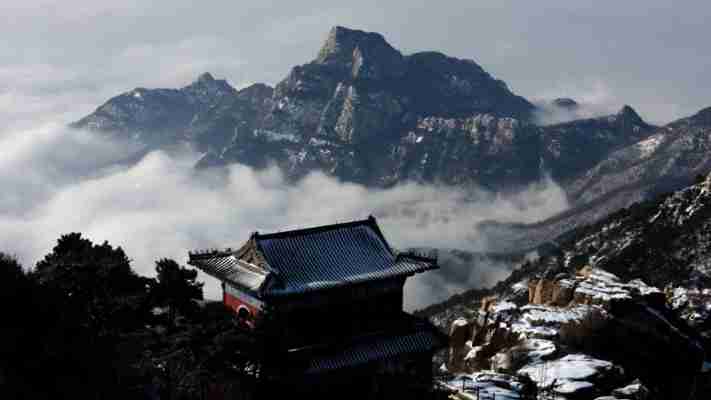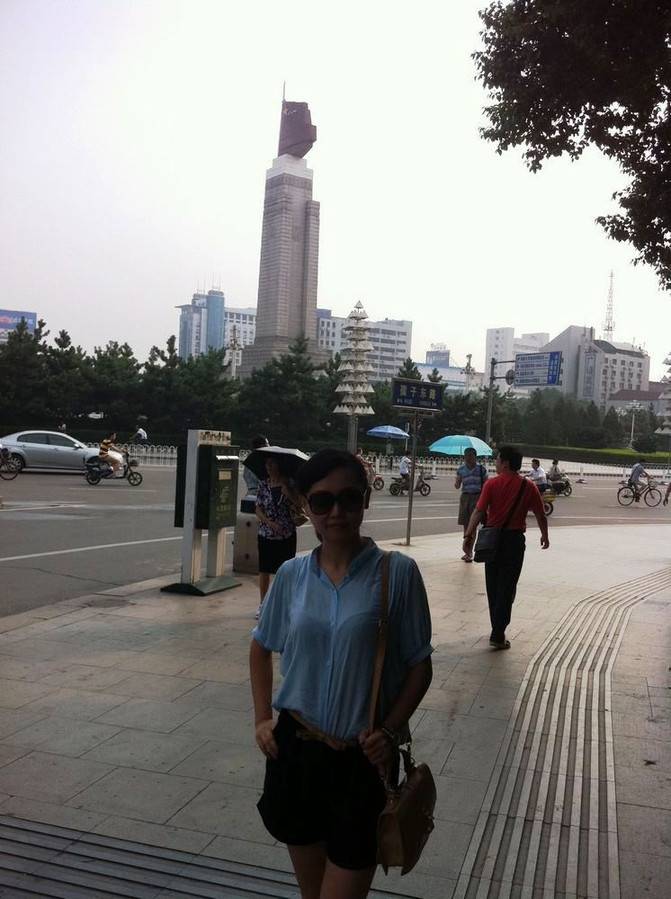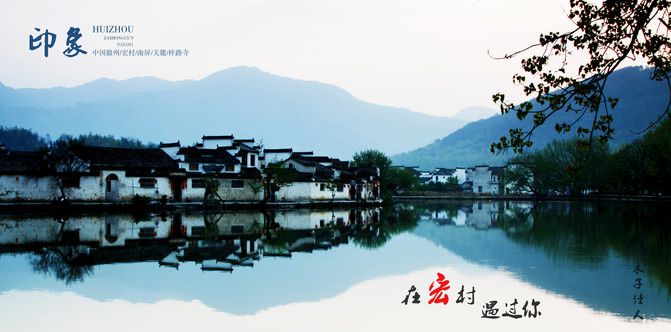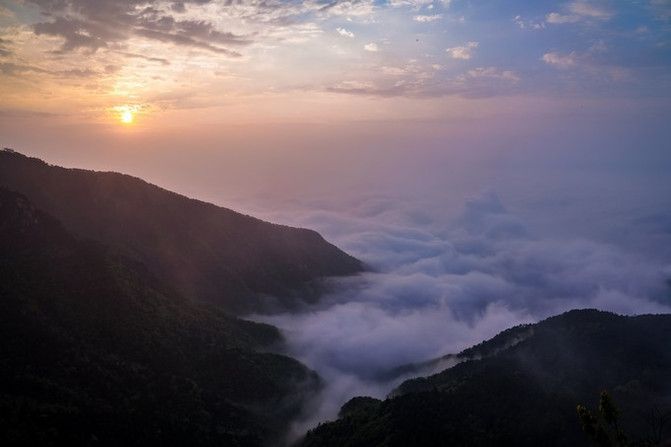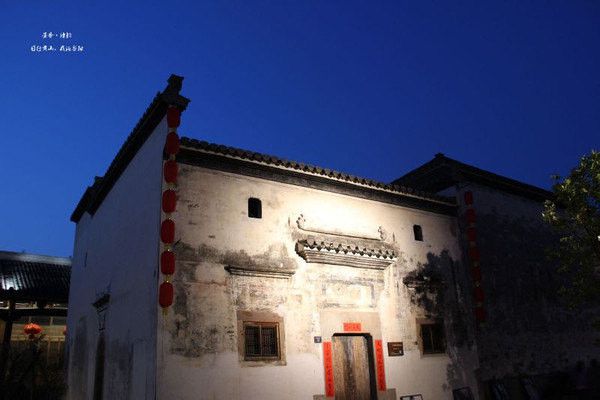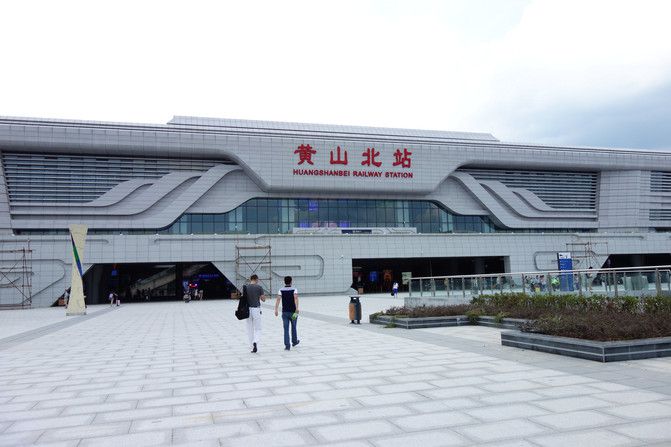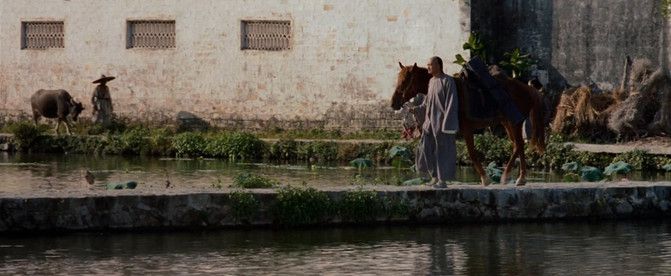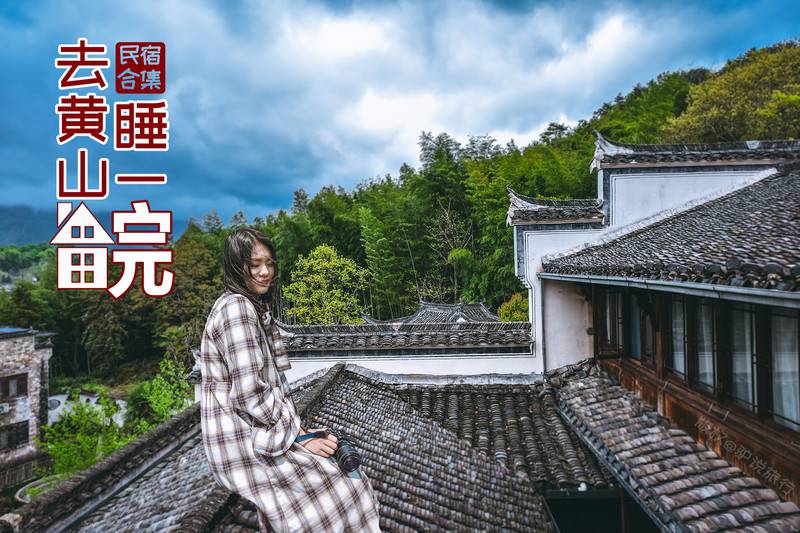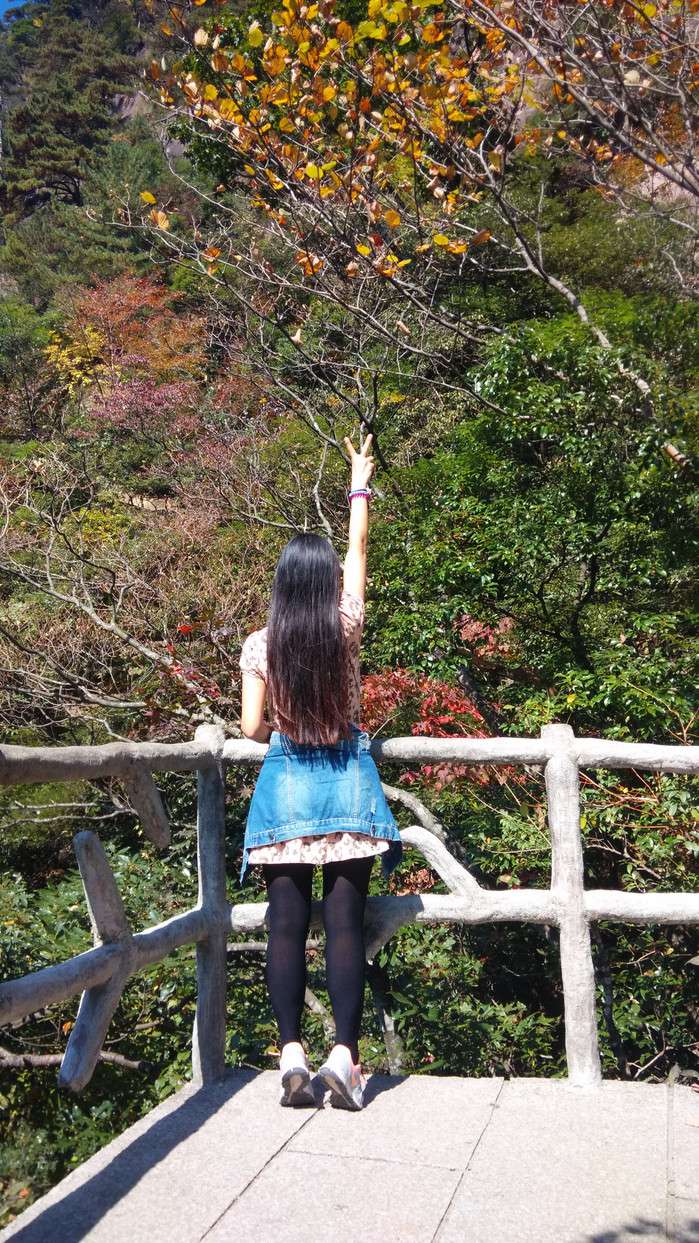March 03,2023 Post by :Ruoshui Chen
For UNESCO World Heritage TravellersClimbing Mount Tai, China's most sacred mountain
TAISHAN, China — Taishan, or Mount Tai, is China’s most sacred mountain. For centuries, emperors climbed it to pay homage to heaven and earth. Philosopher Confucius is said to have stood at the towering top, looked down and pronounced the world a small place indeed.
While it isn’t one of China’s tallest mountains, the way to the top is still a challenge consisting of more than 6,000 stone steps, with the option of taking a cable car halfway. Walking the whole way can take anywhere from three to seven hours.
I’d heard stories about elderly groups and others resolutely marching up the mountain in the dark and arriving in time to see the sunrise, but I decided, with some friends, to start in the afternoon and see the sunrise after spending the night in a hotel at the top.
We entered through the Red Gate at the south foot of the mountain, stopping to look in temples with burning incense and at some of the hundreds of stone tablets that dot the way up. We were surrounded by serene greenery, punctuated every so often by a rousing round of mainland or Taiwanese pop music from tourists carrying personal stereo systems for all to hear.
Two 7- and 9-year-old brothers offered me a welcome excuse to rest from climbing when they asked “auntie,” one of the few foreigners on the mountain, to pose for a photo with them.
Then I continued to follow in the footsteps of the emperors. In 219 B.C., Qin Shi Huang, the founder of the Qin Dynasty, held a ceremony on the summit to announce to the gods that he had successfully unified China.
For thousands of years, Taishan has been a source of inspiration for poets and thinkers, and a place to worship. The mountain is the most venerated of China’s five sacred mountains. This is because it is the easternmost, and in Chinese culture east is regarded as a sacred direction because that is where the sun and moon rise.
Confucius, whose hometown Qufu is not too far away, declared from the summit: “Climb Mount Tai and the whole world looks small.” His words express how Mount Tai looks large against its low-lying surroundings, and also the more philosophical musing that the higher you climb, the greater your vision.
For me, the higher I climbed, the more steps I saw, until finally I got to the steps leading up to the cable car station. Of course, Confucius wouldn’t have taken the cable car, but I wasn’t Confucius.
And two hours of climbing steps was enough of a climbing experience for me.
On top of the 5,069-foot mountain, lodging is limited. There are a few basic hotels, and travelers also come equipped with camping gear. We stayed in a hotel and paid 100 yuan ($15) per person to sleep on mattresses in a room with 13 people. Outside our door, other guests slept in tents or rows of beds lining the corridors.
Another likely difference between my experience and that of Confucius: He probably didn’t climb the mountain at the same time as thousands of other people.
In the morning, we got up at 4 to position ourselves for the sunrise, apparently peak time on the mountain.
From Jade Emperor Peak, sitting among hundreds of others, many in rented green army overcoats to keep warm against the strong wind, we were fortunate enough to see a clear sunrise, majestically bathing the mountain peaks in light.
After a breakfast of soybean milk and fried dough sticks, we hiked for about five hours down the mountain and through Tao Hua Yu, or Peach Blossom Valley, a beautiful walk through pine trees and flowering peach trees, waterfalls and pools of water, not unlike a landscape you might expect to find in central Europe.
Despite the many people, our weekend trip to Taishan was a relaxing and energizing experience. The greenery up the mountain made for a picturesque climb, and the second-day valley hike was to me the highlight, and not just because there were no steps up. It was serene, allowing me to enjoy the landscape and contemplate the greater vision I had gleaned from the top of Mount Tai.
If You Go
Mount Tai: Located in Tai’an city, Shandong province. Open 24 hours, year-round. From February to November: adults, 125 yuan ($18), children, 60 yuan ($9). December to January, adults, 100 yuan ($15), children, 50 yuan ($7).
Getting there: High-speed trains run to Tai’an city, Shandong province, from Beijing (two hours), Shanghai (four hours) or Jinan city, capital of Shandong province (30 minutes). Then take a bus or taxi to one of four entrances, including Red Gate and Peace Blossom Valley. From the Peace Blossom Valley entrance you can also take a tourist bus (30 yuan one way) to the cable car station. Cable car is 100 yuan one way.
Stay: Xianju Hotel, top of Mount Tai, near the South Heaven Gate. Standard rooms from 400 yuan ($60) upward.
Mount Tai
About
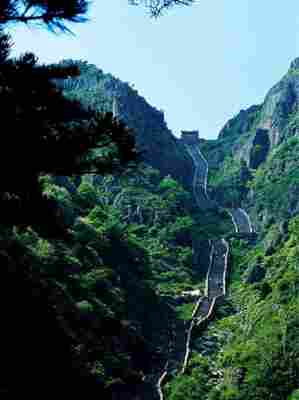
By elevation Mount Tai is
# 2 out of 28 in Mount Taishan
# 2 out of 30 in Taishan District
# 2 out of 867 in Shandong
By prominence Mount Tai is
# 26 out of 28 in Mount Taishan
# 28 out of 30 in Taishan District There's a trail leading to the summit.By elevation Mount Tai isBy prominence Mount Tai is
Mount Tai (Chinese: 泰山; pinyin: Tài Shān) is a mountain of historical and cultural significance located north of the city of Tai'an, in Shandong province, China. The tallest peak is the Jade Emperor Peak (simplified Chinese: 玉皇顶; traditional Chinese: 玉皇頂; pinyin: Yùhuáng Dǐng), which is commonly reported as 1,545 metres (5,069 ft) tall, but is described by the PRC government as 1,532.7 metres (5,029 ft).Mount Tai is known as the eastern mountain of the Five Great Mountains of China. It is associated with sunrise, birth, and renewal, and is often regarded the foremost of the five. Mount Tai has been a place of worship for at least 3,000 years and served as one of the most important ceremonial centers of China during large portions of this period.
For UNESCO World Heritage Travellers
Community Reviews Write a review

Zos M 4.00 Philippines/China - 02-Dec-18 - [WHS #0038: Visited on April 29, 2017] Taishan is inscribed in all 6 cultural criteria and criterion vii (superlative natural phenomena or natural beauty). Listed prior to the idea of cultural landscapes, inscription under criterion vii seems odd today as Taishan’s natural beauty/phenomena is short of being universally exceptional. The views at the top is pretty but typical of mountain vista. Rather, it is in the harmony with the cultural aspects where Taishan stands out not only in terms of its architectural elements but also of the ideas it represented and originated. Like a true pilgrim, I climbed Taishan in the middle of the night hoping to reach the summit in time for the sunrise. Taking the 8PM train from Beijing on a Friday night, I arrived at Tai’an just after midnight. A quick cab ride from the station brought me to the Red Gate, the starting point the climb. Night climb was as popular as any time of day, evident from long lines at the ticket counters when I arrived. Climbing up with lots of people made the journey less spooky and elevated it into a communal experience with everyone having the same goal. The route was dotted with many stone inscriptions and temples but only a few were visible in the dark with a torch. There were pit stops along the way where you see people curled-up in the rented sleeping bags. There were also stores selling different beverages to reinvigorate the journey up. On some stops near the temples, you will be delighted with the surreal glow of auspicious red ribbons tied by pilgrims on tree branches (in photo). The climb was certainly exhausting with over 6600 steps. And you could see people left and right sitting along the ledge catching a nap. Did I reach the peak before sunrise? Lack of sleep and exhaustion took its toll. At 98% of the way, within a few hundred steps from the Jade Emperor Peak, the sun was already out. I laid my travel blanket on a ledge and slept for an hour. I then continued my journey up to explore the temples and see summit. The top was crowded but people were dispersed. I found my own space on a cliffside with scenic views, continued my sleep and occasionally interrupted with the raucous of tourists. After exploring the summit, the temples and the inscriptions, I took the cable car down fully satisfied with the visit. Taishan remained one of my most memorable WHS sites. The cathartic journey, the emotional payoff, the sites and the history makes Taishan, in my opinion, one of the best WHS in China.
Alexander Barabanov 4.00 Russia - 08-Aug-16 - We visited Mount Taishan on our way from the business trip. Overall cost of visiting is quite elevated now, if you want to climb it in a comfortable way: minibus to Swiss-made funicular is 60 RMB (return); access to mountain national park is 127 RMB; funicular road is 200 RMB (return). Overall cost is 387 RMB, or about 55 US Dollars!! We were lucky to get on one of the last funicular cabins, as it stops running at 17:30 and the only way to get to the top is only climbing the last part. We had hotel at the top, which is overpriced and very ruggy. The food and drinks are over twice more expensive than in the city. Unfortunately, our attempt to see the sunset failed due to cloudy weather. As always, there are MANY local Chinese tourists who spend a night stright on the streets in warm military-like overcoats and tents. The views are stunning from the top and there are several usual temples on the summit, but nothing special. In overall, we liked the experience and the story behind this "imperial" mountain.
chris netherlands - 09-Dec-15 - Yes; cable cars and even 3 now! But I decided to walk up, but because I left from Jinan like an hour late I just walked up to halfway, and the final part i took the cable. Good, because it was already 5PM and getting darker when i finished at the top. I visited early November 2015. It was luckily nice weather, with later on the day even some blue skies. Beautiful colored leaves. The mountain especially as magnificient views. The temples are worth the visit too but of course if you have seen many in China they are a bit more of the same. The day tour was pretty nice for sure and I can recommend if you go from Beijing to Shanghai to take 2-3 nights in Jinan. Jinan itself is also very nice with all the hot springs. For those in Beijing, you can do the day trip from there too if you go by high speed about 6-7 AM in the morning. Also from XuZhou is possible with a 1 hour train ride. Some photos on the link below. Read more from chris here.
Ivan ManDy Philippines - 01-Apr-11 - Another Chinese imperial playground! The cable car ride up was very scenic and makes you wonder who on earth where they able to climb the mountain using horses! Looking down, the rocks are quite jagged and we didnt notice any paths. Do time your visit when the weather is sure to be sunny as you wont really the beauty of the place when its all foggy like on the day we visited.
Kyle Magnuson 3.50 California - United States of America - 28-Feb-10 - Prepare yourself for a day of excercise and a day you will never forget. Ofcourse you may have your doubts while climbing the stairs for hours on end to reach the top. Is it worth it? For a few of you I realize that might be a no, because it is a tough walk up this mountain, particularly in the summer. For the vast majority of people, they will not only be glad they trekked up the mountain, but will be wowed by a Tang Dynasty Temple and an incrediblely large mountain surface inscribed with Chinese calligraphy. Much of the temples have been heavily renovated, or even rebuilt, but it takes little from the experience. Mount Taishan is a beautiful place both from a natural standpoint and a cultural one. The view is spectacular, though it can be sometimes a bit foggy (partly from pollution) unfortunately. My only negative, is on top of the mountain there is a bit too much tourist activity going on, but how many WHS in China don't have this problem? Overall, a wonderful experience I will always remember. Read more from Kyle Magnuson here.
Els Slots 3.50 The Netherlands - 25-Oct-07 - Cable car alert! Yes, this is another WHS with a cable car (there are even two). It is a good cable car experience here, the ride takes about 15 minutes and is not recommended for people with a fear of heights. The day of my trip had started out very cloudy, and in the last minutes up to the top the cable car was totally covered by the clouds. A little spooky. I was dropped at the South Gate to Heaven, almost at the top. ‘The top’ actually is quite a large area with several shrines and monuments. It is worth spending an extra 5 Yuan on top of the 125 Yuan entry fee to visit the 11th century Azure Clouds Temple. While most of the mountain is like a bazaar with tourists and hawkers milling around, the temple is a serene place where worshippers sacrifice money and food to the Azure Cloud Goddess. This Taoist temple also has several fine artistic details, like yellow glazed tiles. After looking around at the top for an hour or two, I decided to walk down to get some feel for what the genuine pilgrims who walk uphill have to endure. Well, it’s very, very steep. And all stairs. The autumn landscape is marvellous though. The sun had come out and the walking was a pleasure. It took me 75 minutes to get to the Midway Gate of Heaven. From there I took the bus back to the base of the mountain at Tai’an, the end of an entertaining day trip.
